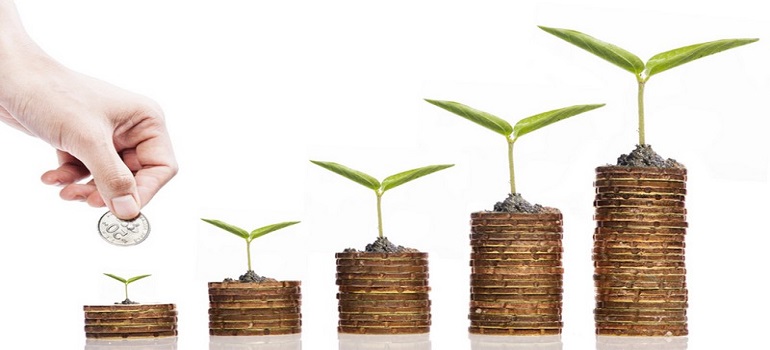
Aloha! India now carries the much awaited tag of the fastest growing energy market in the world. According to the International Energy Agency (IEA) investment in the energy sector in the country grew at a rate of 12 per cent in 2018 — the highest growth rate as compared to any other country.
“Energy investment has risen mostly rapidly in India the past three years, up 12%. In 2018, renewable spending continued to exceed that for fossil fuel-based power, supported by tendering for solar PV, and from 2017 wind, amid uncertain financial attractiveness of new coal power, though spending in coal supply rose somewhat. While transmission spending is expanding, investment in distribution has not grown,” said IEA in its latest World Energy Investment (WEI) 2019 report.
The report notes that investment growth was stable or declined in other major regions during the past three years. In some areas this reflects a response to lower oil prices (e.g. Middle East), an ongoing rebalancing between old and new parts of the system (e.g. Europe) as well as persistent financing risks that have held back more robust levels of spending to address strong demand growth (e.g. sub-Saharan Africa, Southeast Asia).
Lower-middle and low-income countries accounted for less than 15% of energy investment in 2018 despite containing well over 40% of the world’s population. In recent years, the fastest investment growth within this group has come from India with rising power sector spending, while spending in sub-Saharan Africa has declined, mostly due to less investment in fuel supply, said the report.
Among major countries and regions, India had the second largest jump in energy investment in 2018 after the United States.
IEA’s WEI report also said that India is an emerging source of industrial energy efficiency investment in the Asia and Pacific region, which grew by nearly 5 per cent (in 2018).
Modernisation of industrial facilities coupled with strong mandatory government policy, through the Perform, Achieve, Trade (PAT) Scheme, are important factors driving greater levels of investment.
In India, solar PV spending exceeded that for coal power for the first time, supported by government auctions. Total renewable power investment in the country topped fossil fuel-based power for the third year in a row, supported by tendering and uncertain financial prospects for new coal power. Grid investment rose by 4%, with one-fifth increase in transmission, but spending in distribution remained flat.
In the United States, solar PV and wind investment rose almost 15%, supported by corporate procurement, which comprised nearly a quarter of spending . Offshore plants were one-fifth of wind spending – FIDs in Europe rose to the second- highest level ever.
In 2018, coal-fired power FIDs declined by 30% to 22 GW, their lowest level this century. Most FIDs are now for high-efficiency plants, with inefficient subcritical plants comprising only 10%. The largest fall in FIDs was in China, but levels in Southeast Asia were their lowest level in 14 years. India was the largest market, now largely oriented towards supercritical technology, but levels were 80% lower than in 2010.
IEA in its report also said that coal supply investment in India grew by 5% in 2018, underpinned by policy favouring domestic production while reducing imports as much as possible, amid a substantial growth of coal consumption driven by economic growth and higher power demand.

